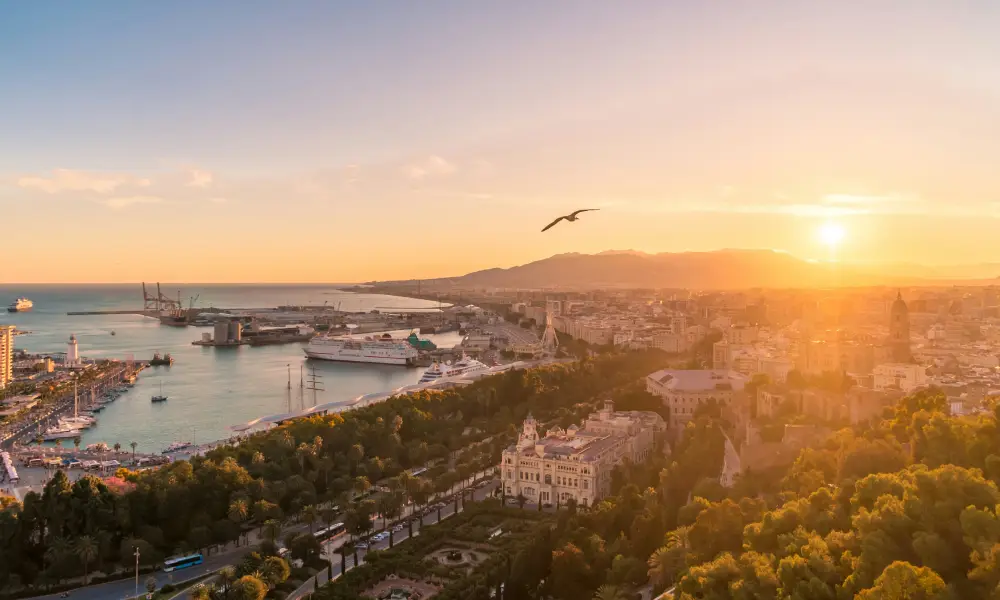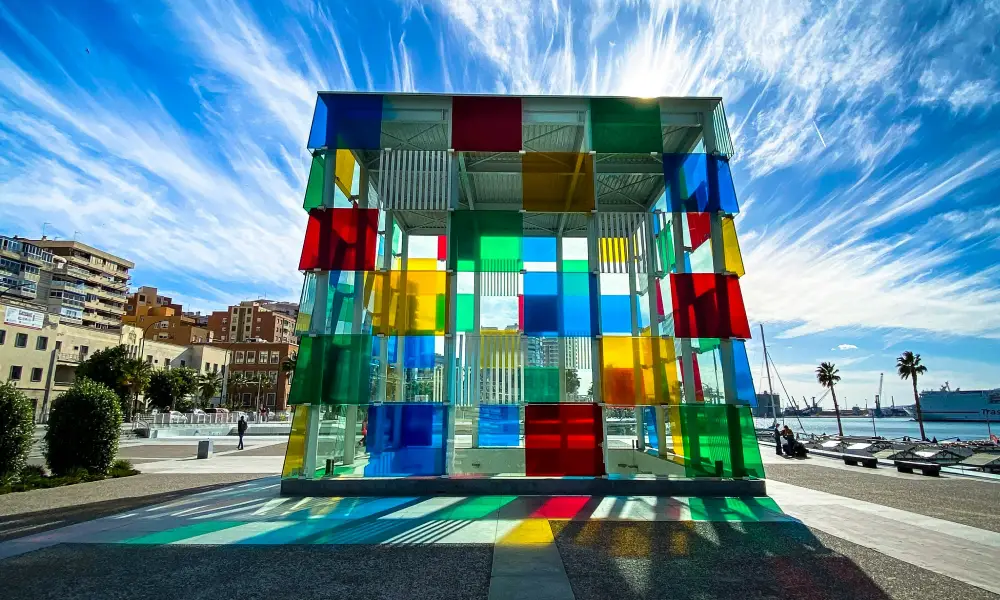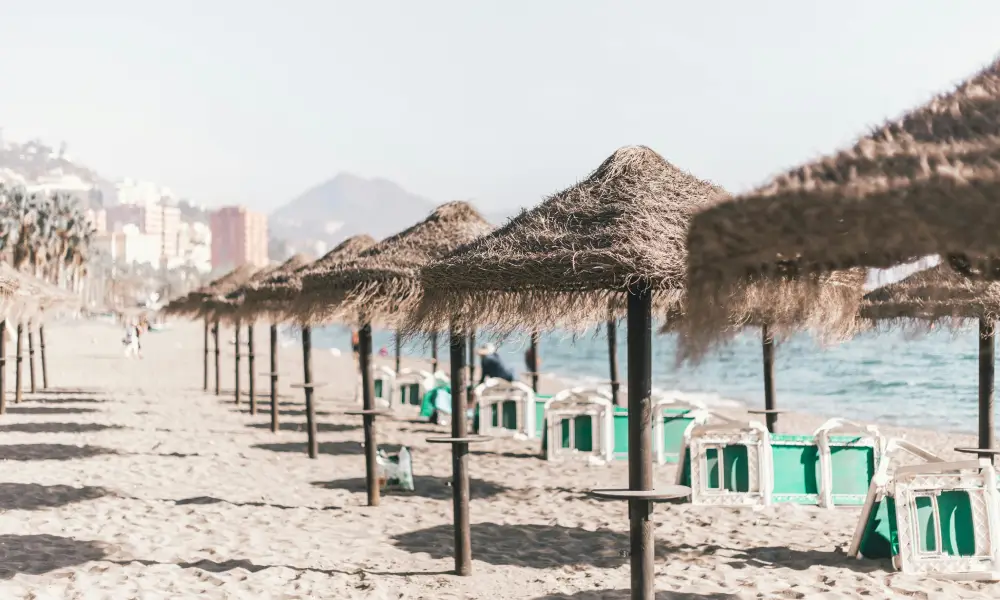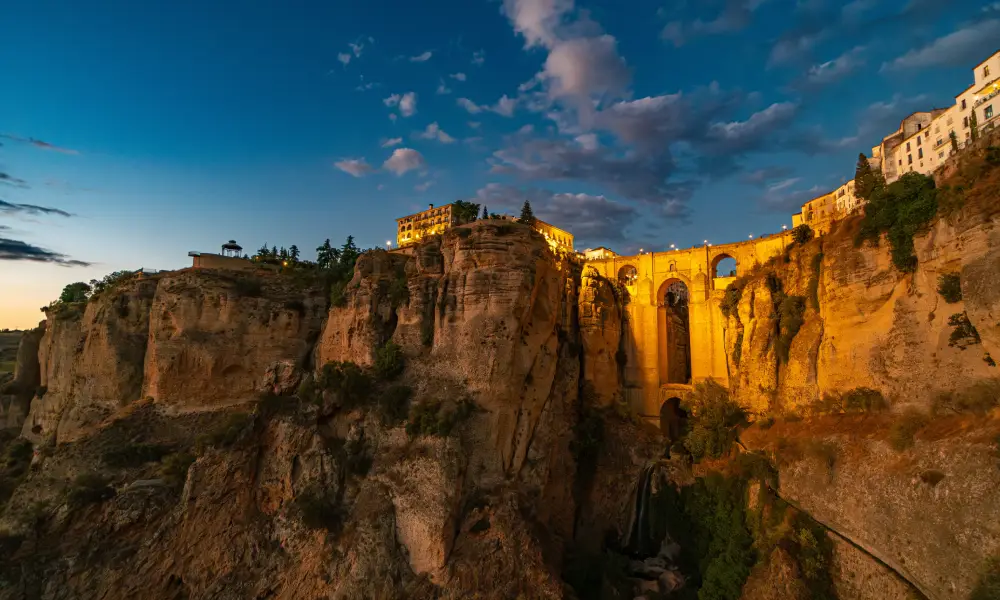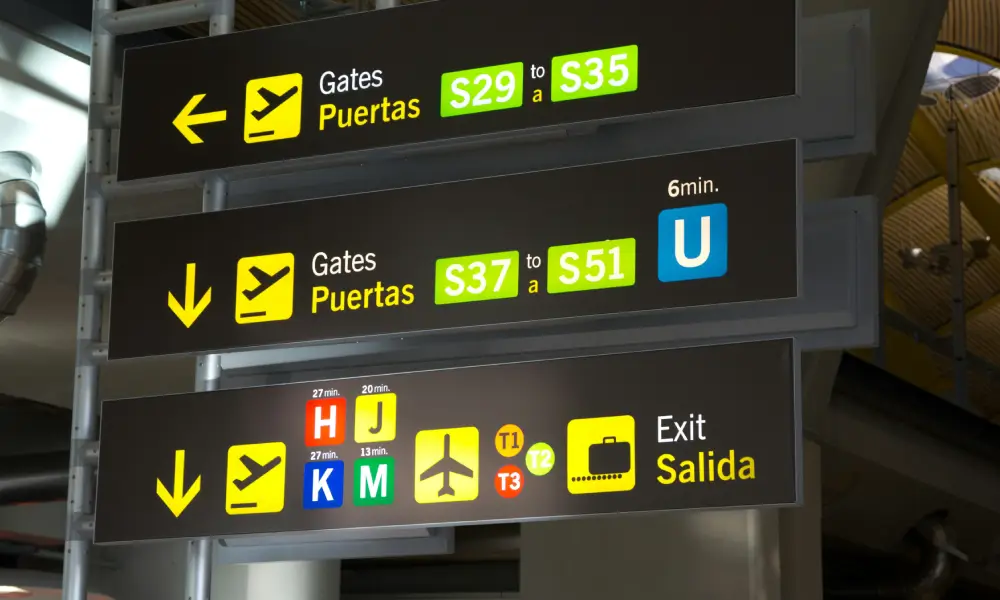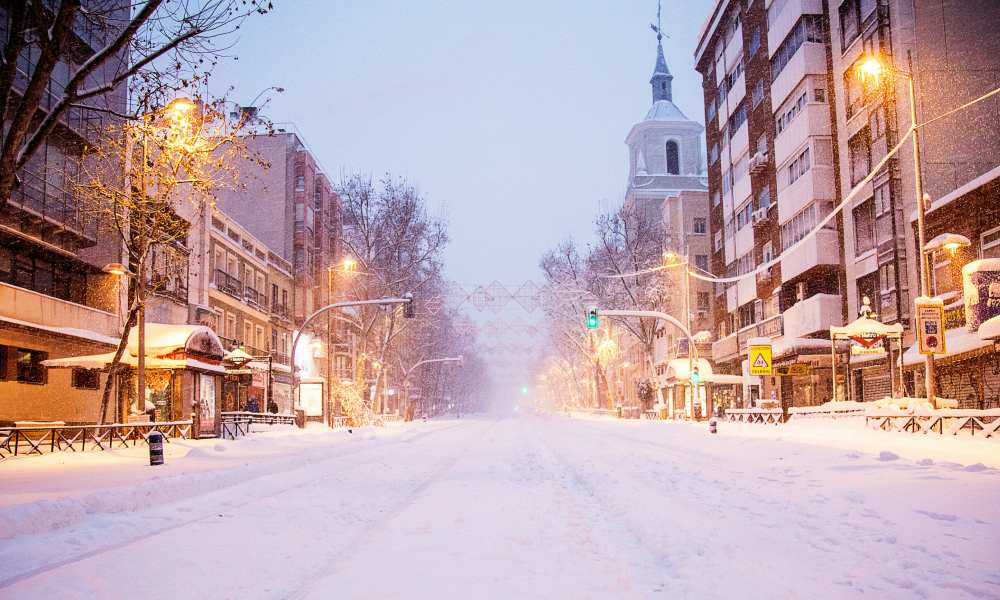What to do in Malaga, Spain is a question that opens doors to one of Europe’s most captivating destinations, where ancient history seamlessly blends with modern sophistication along the sun-drenched Costa del Sol. This vibrant Andalusian city offers visitors an intoxicating mix of world-class museums, pristine beaches, architectural marvels, and some of the best tapas culture in all of Spain.
Málaga isn’t just another Mediterranean beach town, it’s Picasso‘s birthplace, home to cutting-edge art museums, boasting over 3,000 years of history, and serving as the perfect gateway to Andalusian culture. Whether you’re planning a weekend getaway or considering a longer stay while exploring relocation to Spain, Málaga delivers experiences that will leave you planning your return before you’ve even departed.
Exploring Málaga’s Historic Heart
The soul of Málaga lies within its historic center, where Roman ruins sit alongside Moorish palaces and modern galleries. This UNESCO World Heritage area tells the story of civilizations that have called this strategic Mediterranean port home for millennia.
The Majestic Alcazaba
Begin your Málaga journey at the Alcazaba, an 11th-century Moorish fortress that stands as one of Spain’s best-preserved palatine fortifications. This architectural masterpiece showcases the sophisticated engineering and artistic sensibilities of Islamic Al-Andalus:
- Stunning city views: Panoramic vistas over Málaga’s rooftops, port, and Mediterranean coastline
- Archaeological museum: Roman and Moorish artifacts discovered during excavations
- Beautiful gardens: Peaceful courtyards with fountains, orange trees, and traditional Islamic landscaping
- Combined tickets available: Visit with Gibralfaro Castle for enhanced historical context
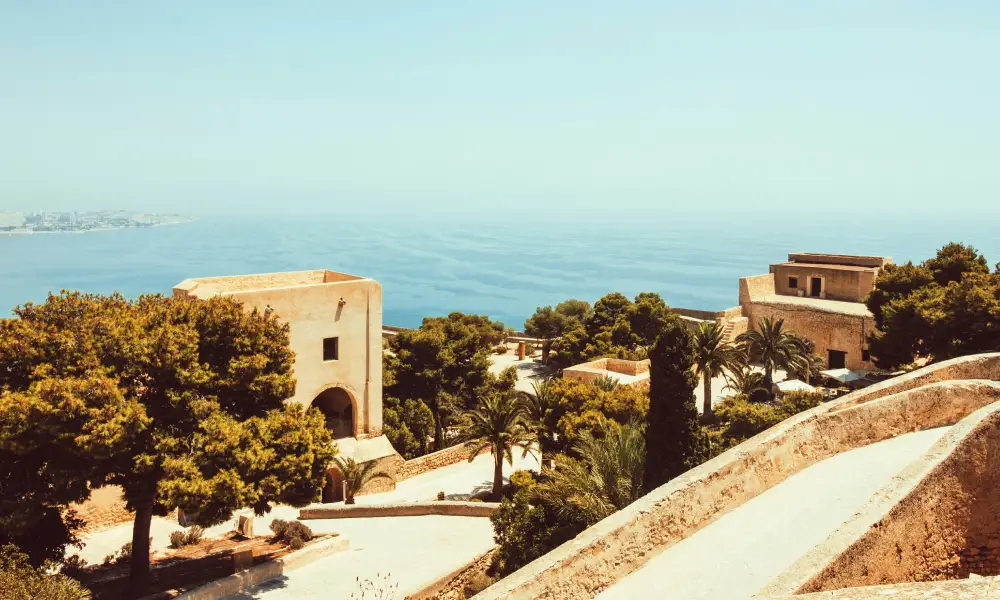
Gibralfaro Castle: Crown Jewel Views
Connected to the Alcazaba via ancient walls, Gibralfaro Castle offers the most spectacular views in Málaga. This 14th-century fortress rewards the uphill climb with breathtaking panoramas that stretch from the snow-capped Sierra Nevada mountains to Africa’s coastline on clear days.
Roman Theatre: Ancient Entertainment
At the foot of the Alcazaba sits Málaga’s Roman Theatre, dating to the 1st century BC. This remarkably well-preserved amphitheater still hosts performances, creating a magical connection between ancient and modern entertainment cultures.
Art Museums: Málaga’s Cultural Renaissance
Málaga has transformed into one of Europe’s premier art destinations, with world-class museums that rival those found in major capitals.
Museo Picasso Málaga
No visit to Picasso’s birthplace is complete without exploring the comprehensive collection at Museo Picasso Málaga:
- 285 works spanning Picasso’s career: From early academic studies to revolutionary Cubist masterpieces
- Family donations: Intimate works never before displayed publicly
- Interactive exhibits: Modern displays that contextualize Picasso’s artistic evolution
- Educational programs: Workshops and guided tours in multiple languages
Picasso Birthplace Museum
Plaza de la Merced houses the humble apartment where Pablo Picasso was born in 1881. This intimate museum provides personal insights into the artist’s early life and family influences that shaped his revolutionary artistic vision.
Centre Pompidou Málaga
The colorful glass cube of Centre Pompidou Málaga brings contemporary and modern art from Paris to Andalusia. Rotating exhibitions feature works by Chagall, Miró, Bacon, and other masters, making this a must-visit for art enthusiasts.
Málaga’s Stunning Beaches
With over 320 days of sunshine annually and 14 kilometers of coastline, Málaga’s beaches offer something for every preference, from bustling urban shores to tranquil hidden coves.
La Malagueta Beach
Málaga’s most famous urban beach stretches right from the city center:
- Easy accessibility: Walking distance from historic center and major hotels
- Full amenities: Beach bars (chiringuitos), rental equipment, lifeguards
- Promenade dining: Excellent seafood restaurants along Paseo Marítimo
- Water sports: Jet skiing, parasailing, and sailing opportunities
Pedregalejo Beach
This charming neighborhood beach offers a more local experience:
- Authentic chiringuitos: Traditional beach restaurants serving fresh sardines
- Fishing village atmosphere: Colorful boats and local fishermen
- Calmer waters: Protected bay ideal for families
- Evening ambiance: Beautiful sunsets and relaxed dinner scene
Culinary Adventures in Málaga
Málaga’s gastronomic scene combines fresh Mediterranean ingredients with traditional Andalusian recipes, creating a food lover’s paradise that extends far beyond typical tourist fare.
Must-Try Local Specialties

- Espetos de sardinas: Sardines grilled on bamboo skewers over olive wood fires
- Gazpacho malagueño: Cold soup with almonds, grapes, and garlic
- Boquerones en vinagre: Fresh anchovies marinated in vinegar and olive oil
- Plato de los Montes: Hearty mountain dish with eggs, potatoes, and chorizo
- Molletes: Traditional bread rolls topped with tomato, olive oil, and jamón
Best Food Markets
Mercado Central de Atarazanas
This stunning 19th-century market building features beautiful stained glass and offers the freshest local produce, seafood, and traditional delicacies. Perfect for assembling picnic supplies or experiencing authentic local shopping culture.
Tapas Culture and Best Bars
Málaga’s tapas scene rivals that of any Spanish city, with each neighborhood offering its own character and specialties:
- El Pimpi: Famous bodega with celebrity signatures and traditional atmosphere
- La Cosmopolita: Modern tapas with creative presentations
- El Meson de Cervantes: Classic tavern with excellent jamón and wine selection
- Antigua Casa de Guardia: Historic sweet wine bar dating to 1840
Day Trips and Nearby Attractions
Málaga’s strategic location makes it an ideal base for exploring Andalusia‘s most spectacular destinations, all within easy reach for day trips.
Ronda: The Dramatic Clifftop City
Just 90 minutes from Málaga, Ronda offers one of Spain’s most dramatic settings:
- Puente Nuevo: Spectacular bridge spanning a 120-meter gorge
- Spain’s oldest bullring: Historic Plaza de Toros with museum
- White-washed old town: Maze of narrow streets and traditional architecture
- Wine region: Growing reputation for exceptional wines
Granada and the Alhambra
Two hours by car or high-speed train brings you to Granada‘s magnificent Moorish palace:
- Alhambra complex: UNESCO World Heritage site requiring advance booking
- Albaicín neighborhood: Winding Moorish streets with Alhambra views
- Free tapas tradition: Complimentary food with drink orders
- Sierra Nevada backdrop: Snow-capped mountains even in summer
Shopping and Modern Málaga
Calle Larios: Premier Shopping Street
Málaga’s elegant pedestrian shopping street features:
- International brands: Zara, El Corte Inglés, and major European retailers
- Beautiful architecture: 19th-century buildings with stunning facades
- Café culture: Perfect spots for people-watching
- Seasonal decorations: Spectacular Christmas and festival displays
Nightlife and Entertainment
Málaga’s nightlife reflects its dual character as both a traditional Andalusian city and a modern cosmopolitan destination.
Flamenco Experiences
- Kelipé: Intimate tablao with authentic performances
- Alegría: Traditional venue in the historic center
- El Patio Andaluz: Dinner and show experiences
- Street performances: Spontaneous flamenco in plazas during festivals
Seasonal Considerations and Festivals
Málaga’s appeal varies throughout the year, with each season offering unique advantages and cultural experiences.
Spring (March-May): Perfect Weather
- Ideal temperatures: 18-25°C (64-77°F) with minimal rainfall
- Easter Week (Semana Santa): Spectacular religious processions
- Flower season: Orange trees blooming throughout the city
- Outdoor activities: Perfect hiking and sightseeing weather
Summer (June-August): Beach Season
- Hot temperatures: 25-35°C (77-95°F), perfect for beaches
- Extended daylight: Sunshine until 9:30 PM
- Festival season: Outdoor concerts and cultural events
- Peak tourist season: Busier attractions but vibrant atmosphere
Practical Tips for Visiting Málaga
Transportation
- Airport connections: Excellent train and bus links to city center
- Walking city: Most attractions within comfortable walking distance
- Public transportation: Efficient bus system and metro line
- Bike rentals: Growing network of bike lanes and rental stations
Money and Costs
- Value for money: Excellent quality-to-price ratio compared to northern Europe
- Budget considerations: €50-80 per day covers meals, attractions, and local transport
- Tipping optional: Round up bills or 5-10% for exceptional service
- Cash still important: Many small establishments prefer cash payments
Making the Most of Your Málaga Experience
Málaga rewards visitors who balance must-see attractions with spontaneous discoveries. The city’s compact size allows for easy exploration, while its rich cultural layers ensure that each visit reveals new treasures.
Start early to beat crowds at major museums, embrace the Spanish schedule of late lunches and dinners, and don’t rush through experiences—Málaga’s magic lies in its relaxed Mediterranean rhythm. Whether you spend three days or three weeks, this captivating Andalusian city will provide memories to last a lifetime and perhaps inspire you to consider making Spain your permanent home.
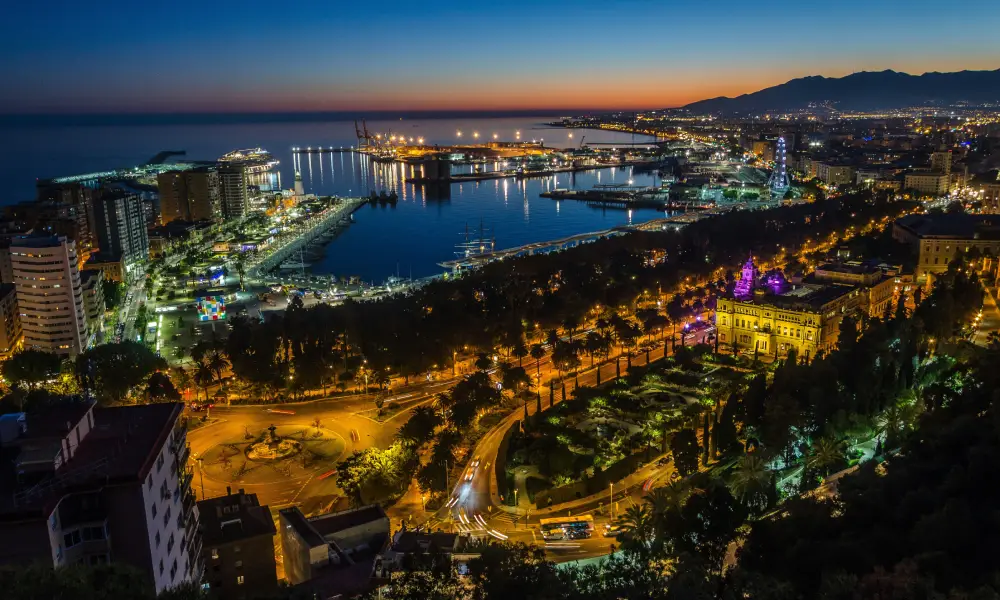
From Picasso’s artistic legacy to pristine beaches, from Moorish architectural wonders to cutting-edge contemporary culture, Málaga embodies everything that makes Spain such an irresistible destination. Your Andalusian adventure awaits in this perfect blend of history, culture, gastronomy, and Mediterranean lifestyle.
Considering a longer stay in Malaga? Check out our essential How to Move to Spain guide.
